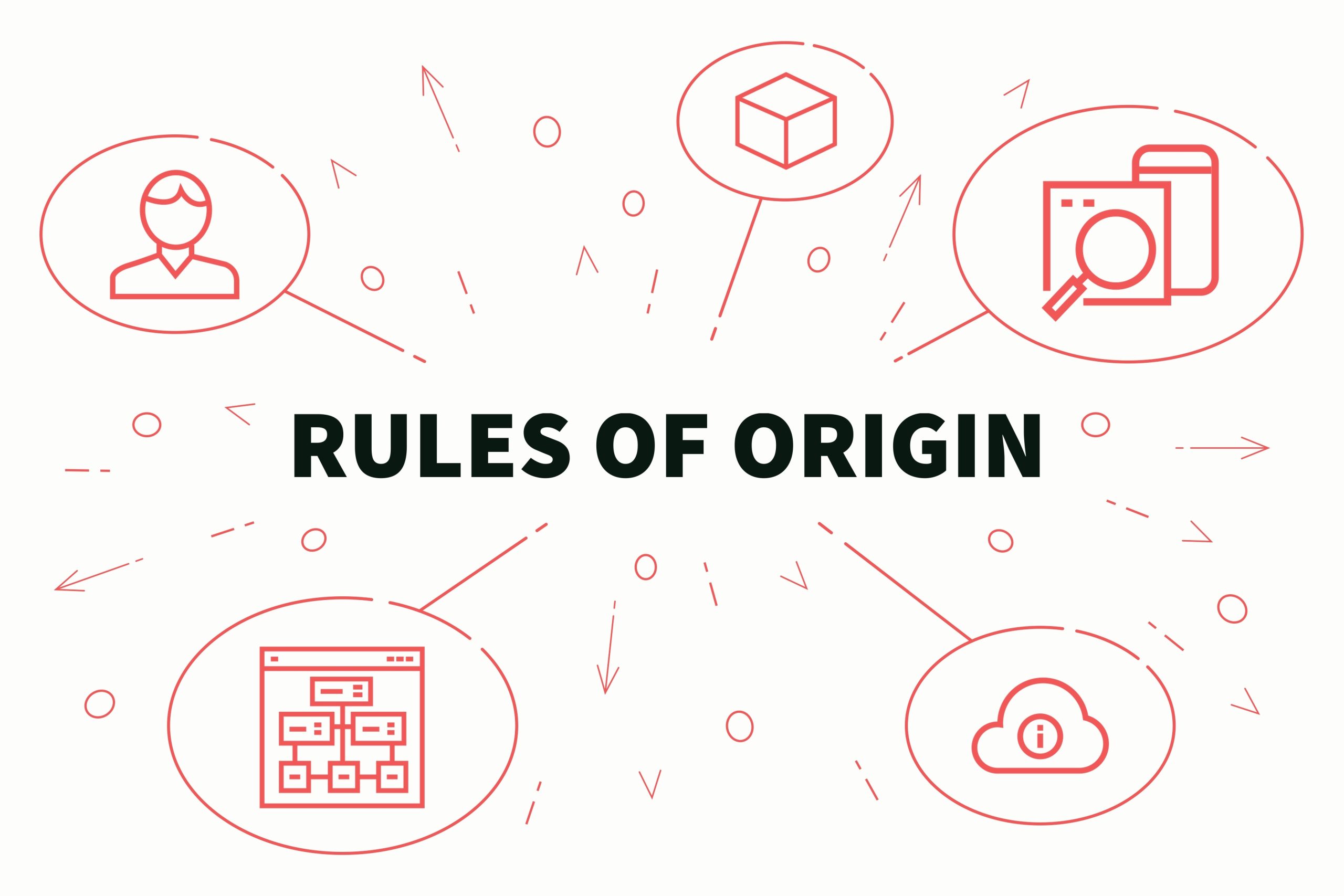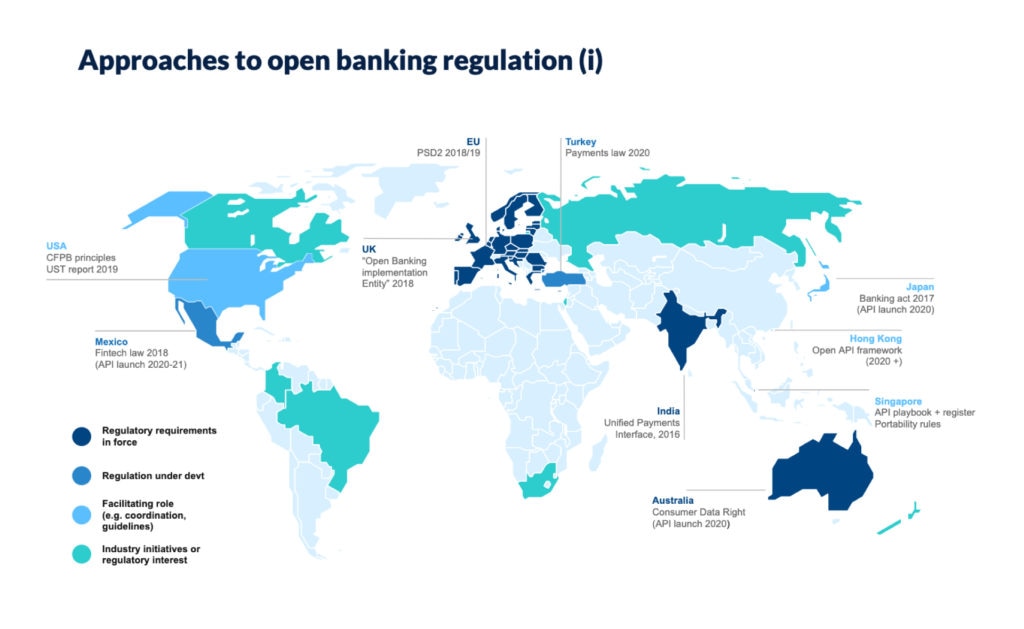
Unlocking Global Trade Benefits: A Beginner’s Guide to Understanding Rules of Origin in Trade Agreements
In the vast, interconnected world of international trade, goods crisscross borders daily, moving from producers to consumers. While this global flow seems seamless, there’s a crucial, often overlooked, concept that dictates how smoothly and affordably these goods move: Rules of Origin (ROO).
For businesses looking to import or export, especially within the framework of Free Trade Agreements (FTAs), understanding Rules of Origin isn’t just an administrative chore; it’s the key to unlocking significant cost savings, gaining competitive advantages, and avoiding costly penalties.
This comprehensive guide will demystify Rules of Origin, explaining what they are, why they matter, and how to navigate their complexities, even if you’re a complete beginner.
What Exactly Are Rules of Origin? Your Goods’ "Nationality"
Imagine a product, say, a smartphone. Where was it truly made? Was it designed in California, assembled in China using components from Korea, Germany, and Taiwan? This is where the concept of "origin" gets tricky.
Rules of Origin are specific criteria used to determine the economic "nationality" of a product. They define where a good comes from, not just where it was shipped from. Think of it like a passport for your product. Just as your passport proves your citizenship, a product’s "origin" determines its eligibility for certain trade benefits.
In essence, Rules of Origin answer the fundamental question: "Where did this product genuinely originate?"
Why Do Rules of Origin Matter So Much? The Power of FTAs
The primary reason Rules of Origin are so vital is their direct link to Free Trade Agreements (FTAs). Countries enter into FTAs to reduce or eliminate tariffs (taxes on imported goods) and other trade barriers between them, making trade cheaper and easier.
However, these benefits are not universal. They only apply to goods that genuinely originate from one of the FTA member countries. Without Rules of Origin, a country could simply import goods from a high-tariff nation, route them through an FTA partner, and then claim the lower or zero tariff. This is called "trade deflection," and ROO prevent it.
Here’s why understanding and applying ROO correctly is crucial:
- Tariff Reduction or Elimination: This is the biggest draw. If your goods qualify as originating under an FTA, you can often pay significantly lower or even zero customs duties, leading to substantial cost savings for importers and more competitive pricing for exporters.
- Enhanced Market Access: By making your products more affordable, ROO help you access new markets and compete more effectively against products from non-FTA countries.
- Prevention of Trade Deflection: As mentioned, ROO ensure that only goods genuinely produced within the FTA area benefit from the preferential treatment, preventing third-party countries from exploiting the agreement.
- Promoting Local Production: ROO encourage companies to source materials and conduct manufacturing processes within the FTA region, supporting local industries and job creation.
- Supply Chain Optimization: Understanding ROO can influence your sourcing decisions, prompting you to build supply chains that maximize your eligibility for FTA benefits.
How Goods "Earn" Their Origin: The Main Criteria
Determining a product’s origin isn’t always straightforward. Trade agreements specify different methods, often in combination, to establish whether a good qualifies as "originating." These methods fall into three primary categories:
1. Wholly Obtained (WO)
This is the simplest and most unambiguous rule. A good is considered "wholly obtained" if it is entirely grown, extracted, or produced within a single country, without incorporating any non-originating materials.
Examples of Wholly Obtained Goods:
- Agricultural products harvested in a specific country (e.g., coffee beans grown in Colombia, oranges picked in Florida).
- Minerals extracted from the soil of a specific country (e.g., copper mined in Chile).
- Live animals born and raised in a specific country.
- Waste and scrap derived from production in a specific country.
- Products made exclusively from "wholly obtained" materials within that country (e.g., flour milled from wheat grown in the same country).
2. Substantial Transformation: The "Heavy Lifting" of Origin
Most manufactured goods are not "wholly obtained" because they incorporate components or materials from various countries. In these cases, the goods must undergo a "substantial transformation" within the FTA territory to acquire origin. This means the manufacturing process must be significant enough to change the nature of the product.
There are three common ways to define "substantial transformation":
a. Change in Tariff Classification (CTC)
This is the most common and often the most complex rule. It relies on the Harmonized System (HS) Code, an internationally standardized system of names and numbers for classifying traded products. Every product has a unique HS code, typically 6, 8, or 10 digits long, depending on the level of detail.
How CTC Works: For a product to qualify, the non-originating materials used in its production must undergo a change in their HS classification (at the chapter, heading, or subheading level) when they are transformed into the final product.
- Change in Chapter (CC): The most stringent rule. The non-originating materials must fall under a different HS Chapter than the final product. (e.g., Fabric (Chapter 50-60) imported, made into a Shirt (Chapter 62)).
- Change in Tariff Heading (CTH): The non-originating materials must fall under a different HS Heading than the final product. (e.g., Imported steel pipes (HS 73.04) made into steel tube fittings (HS 73.07)).
- Change in Tariff Subheading (CTSH): The least stringent. The non-originating materials must fall under a different HS Subheading than the final product. (e.g., Imported frozen fish fillets (HS 03.04.XX) made into prepared fish meals (HS 16.04.YY)).
Example: Imagine a furniture manufacturer in Mexico importing raw timber (HS Chapter 44) from outside North America. They process it, cut it, and assemble it into a wooden chair (HS Chapter 94). Because the HS Chapter changed, the chair likely qualifies as originating under NAFTA/USMCA if this rule is specified.
b. Value-Added (VA) or Regional Value Content (RVC)
This rule focuses on the percentage of the product’s value that originates within the FTA region. It requires a certain percentage of the final product’s value to be added through manufacturing operations, labor, and originating materials within the free trade area.
How VA/RVC Works: There are typically two methods for calculating RVC:
- Build-Down Method (FOB Method):
RVC = [(Adjusted Selling Price (FOB) – Value of Non-Originating Materials) / Adjusted Selling Price (FOB)] x 100% - Build-Up Method (Net Cost Method):
RVC = [(Value of Originating Materials + Direct Processing Costs) / Net Cost of the Good] x 100%
The FTA will specify the required percentage (e.g., 35%, 40%, 60%).
Example: A car assembled in Canada uses engines from Germany (non-originating). If the USMCA requires 62.5% RVC, the Canadian manufacturer must ensure that at least 62.5% of the car’s net cost comes from North American (US, Canada, Mexico) originating materials, labor, and overhead.
c. Specific Manufacturing Process (SMP)
Less common than CTC or VA/RVC, some FTAs specify a particular manufacturing or processing operation that must occur within the FTA territory for a good to qualify as originating. This rule is often used for specific industries where a simple change in tariff classification or value-add might not accurately reflect the "origin."
Example: For certain chemicals, the rule might state that a specific chemical reaction must take place within the FTA territory. For textiles, it might require spinning or weaving operations to occur locally.
Beyond the Basics: Other Important ROO Concepts
Several other concepts can impact whether your goods qualify for preferential treatment:
- Cumulation: This allows materials or processing from one FTA member country to be considered "originating" when incorporated into a product in another FTA member country. It’s like "pooling" originating content across the free trade area. This is vital for complex supply chains.
- Bilateral Cumulation: Only between two specific FTA partners.
- Diagonal Cumulation: Among three or more FTA partners, provided they all have FTAs with each other.
- Full Cumulation: The most flexible, allowing all production processes, regardless of whether they confer origin, to be counted towards the final product’s origin.
- De Minimis: This rule allows a small percentage (e.g., 7% or 10%) of non-originating materials to be used in the production of a good without disqualifying it, even if those materials don’t meet the primary origin rule (like CTC). It’s a tolerance for minor non-compliance.
- Fungible Goods and Materials: These are goods or materials that are identical in all respects and cannot be distinguished from one another (e.g., refined sugar, standard-grade steel). ROO often allow accounting methods (like FIFO, LIFO, or weighted average) to determine the origin of these materials when mixed.
- Indirect Materials: These are materials used in the production process but not physically incorporated into the final product (e.g., fuel, lubricants, tools, molds). Most FTAs state that indirect materials do not need to meet the ROO and are considered originating regardless of their actual source.
- Packing and Packaging Materials: Whether these count towards origin depends on whether they are for "retail sale" or "transport." Packaging for retail sale often must meet the same ROO as the product, while packaging for transport usually does not.
The Role of Documentation: Certificates of Origin (COO)
Once you’ve determined your product qualifies under a specific FTA’s Rules of Origin, you need to prove it. This proof comes in the form of a Certificate of Origin (COO) or an Origin Declaration.
- Certificate of Origin (COO): This is an official document, often issued by a Chamber of Commerce or government agency, attesting to the origin of the goods. It’s like the official "passport" for your product.
- Origin Declaration/Statement: Many modern FTAs (like USMCA) allow the exporter, producer, or even importer to complete an "Origin Declaration" or "Statement on Origin" directly on the commercial invoice or a separate document, rather than requiring a third-party certificate.
Key Information on a COO/Origin Declaration:
- Exporter, producer, and importer details
- Description of goods
- HS classification
- Origin criteria met (e.g., WO, CTH, RVC percentage)
- Date and signature
Importance: Customs authorities in the importing country will require this document to grant preferential tariff treatment. Incorrect or missing documentation can lead to denial of benefits, delays, penalties, or even seizure of goods.
Benefits of Mastering Rules of Origin
- Significant Cost Savings: Direct impact on your bottom line by reducing or eliminating tariffs.
- Increased Competitiveness: Lower costs allow for more aggressive pricing strategies in target markets.
- Reduced Risk of Penalties: Proper compliance avoids fines, back-duties, and trade disruptions.
- Streamlined Customs Clearance: Accurate documentation leads to faster processing at the border.
- Informed Sourcing Decisions: Understanding ROO helps you strategically choose suppliers and optimize your supply chain for FTA benefits.
- Expanded Market Opportunities: Confidently enter new markets knowing you can offer competitive prices.
Challenges and Common Pitfalls
While the benefits are clear, navigating Rules of Origin can be complex:
- Complexity of Rules: Different FTAs have different rules, and within a single FTA, rules can vary by product.
- Data Collection: Gathering all necessary information (HS codes of components, costs, production processes) from various suppliers can be challenging.
- Interpretation: The rules can be open to interpretation, and customs authorities may have different views.
- Documentation Burden: Maintaining accurate and auditable records for potentially years after export is crucial.
- Post-Importation Audits: Customs authorities can audit origin claims years after the goods have been cleared, demanding proof. Failure to provide it can result in significant penalties.
- Dynamic Supply Chains: As supply chains evolve, so too must your origin management, requiring continuous monitoring.
Tips for Navigating Rules of Origin Successfully
- Identify Relevant FTAs: Determine which trade agreements apply to your imports/exports.
- Classify Your Products Correctly (HS Codes): This is the foundational step. An incorrect HS code can lead to incorrect origin determination.
- Understand the Specific ROO for Your Product: Don’t assume. Look up the specific rule for your product’s HS code within the relevant FTA text.
- Engage Your Suppliers: If you’re an exporter, you’ll need information from your suppliers about the origin and cost of their components. If you’re an importer, ask your exporters for the COO/Origin Declaration.
- Maintain Meticulous Records: Keep all documentation related to origin determination, including supplier declarations, bills of materials, cost breakdowns, and production records, for the required period (often 5-7 years).
- Seek Expert Advice: Don’t hesitate to consult with customs brokers, trade consultants, or legal experts specializing in international trade. They can provide invaluable guidance.
- Utilize Technology: Trade compliance software can help automate origin determination, manage documentation, and track eligibility.
- Stay Updated: Trade agreements and their rules can change. Keep abreast of any amendments or new agreements.
Conclusion: Your Passport to Global Trade Success
Understanding Rules of Origin is a fundamental skill for anyone involved in international trade. While initially daunting, mastering these rules can transform your global operations, turning potential customs barriers into pathways for growth and profitability.
By diligently determining your products’ "nationality," maintaining accurate records, and leveraging expert advice when needed, you can confidently navigate the complexities of trade agreements, unlock significant cost savings, and secure your place in the global marketplace. Start viewing Rules of Origin not as an obstacle, but as your essential passport to global trade benefits.



Post Comment